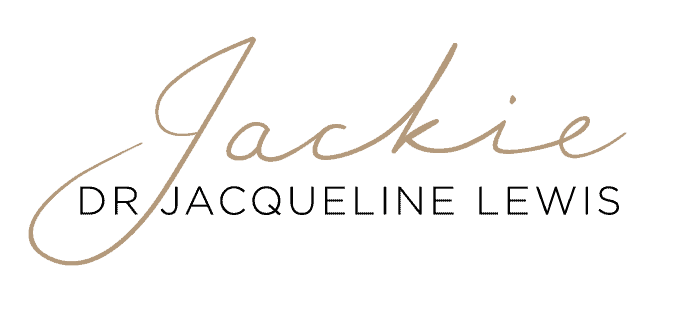Whoops!
It seems the page you were looking for doesn’t exist. If you were looking for something in particular please don’t hesitate to get in touch.
Whoops!
It seems the page you were looking for doesn’t exist. If you were looking for something in particular please don’t hesitate to get in touch.


ABOUT DR JACQUELINE LEWIS
Based in London, Dr Lewis is a highly respected surgeon, with over 30 years experience in helping women feel good about their bodies.

© Dr Jacqueline Lewis | Website by The Good Alliance
